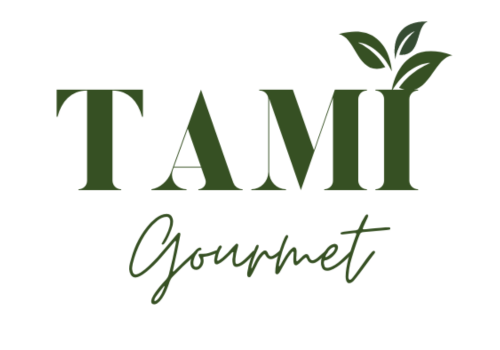How to Choose the Best Turkish Tea Leaves: Tips From Experts
Not all Turkish teas are created equal. With so many options available — from supermarket tea bags to small-batch loose-leaf teas — how can you tell which one is truly worth your cup?
Here’s a simple, expert-backed guide to help you recognize high-quality Turkish black tea, especially if you’re brewing it the traditional way.
🍃 1. Understand the Leaf Style
Turkish tea is not whole-leaf like many Western teas. It’s intentionally fine-cut, almost granular — this allows for:
-
Faster steeping
-
Stronger flavor
-
Better performance in a çaydanlık (traditional double teapot)
This finely broken style is standard in Turkey and not a sign of low quality — it’s actually the preferred format for a bold, smooth brew.
📝 Pro Tip: Avoid teas that are dusty or uneven. Quality Turkish tea should look clean, dark, and consistent in size.
👃 2. Smell the Aroma Before You Brew
High-quality Turkish tea has a clean, slightly sweet, earthy scent — never musty or flat.
If it smells dull or like cardboard, it’s likely old or over-processed. Tea that’s harvested in spring tends to retain more fragrance due to its natural oils and freshness.
📍 3. Know the Origin: Rize, Turkey
The best Turkish tea comes from Rize, a coastal region along the Black Sea. Its rainy, humid climate and steep hills create ideal conditions for growing flavorful tea without chemicals.
Tea from Rize tends to be:
-
Naturally strong without bitterness
-
Balanced in aroma and depth
-
Sustainably harvested by small growers
If your tea doesn’t mention its origin, it might be a lower-grade blend.
📅 4. Choose the Right Season: Spring Is Best
Tea in Turkey is harvested several times a year — usually in May, July, and September. Among these, the May harvest (called Mayıs Çayı) is considered the highest quality because:
-
The leaves are youngest and most tender
-
The flavor is naturally smooth and less bitter
-
The aroma is more floral and vibrant
However, many commercial teas are actually blends of Mayıs Çayı and later harvests. These are created to balance flavor strength and keep costs reasonable. In Turkey, this is often sold as "orta harman" (medium blend) or "birinci sınıf" (first-grade) tea.
📝 While blends aren’t necessarily bad, they usually don’t deliver the refined smoothness of a pure Mayıs Çayı.
If you want the most aromatic and clean-tasting Turkish tea, look for pure spring-harvested options like ours at Tami Gourmet — no mixing, just the best of the season.
📦 5. Choose Proper Packaging (Not Tea Bags)
In Turkey, tea is sold loose — not in tea bags. That doesn’t mean “whole leaf,” but it does mean pure, unpackaged leaf particles with no fillers or artificial flavoring.
Look for:
-
Airtight, resealable packaging
-
Minimal branding or gimmicks
-
Labels that mention origin and harvest
Avoid teas sold in mass-produced teabags — they’re convenient but rarely offer the flavor you’d get from real Turkish tea.
✨ Final Thoughts
The best Turkish tea isn’t always the most expensive. It’s the one that’s:
-
Grown in Rize
-
Harvested in spring
-
Fresh, fragrant, and naturally bold
-
Sold loose in its traditional fine-cut form
At Tami Gourmet, our Mayıs Çayı checks all those boxes. It’s what we drink at home — and what we’re proud to share with you.
🛒 Shop Mayıs Çayı – Premium Turkish Tea from Rize
Taste spring’s first harvest. Strong, smooth, and brewed the traditional way.

